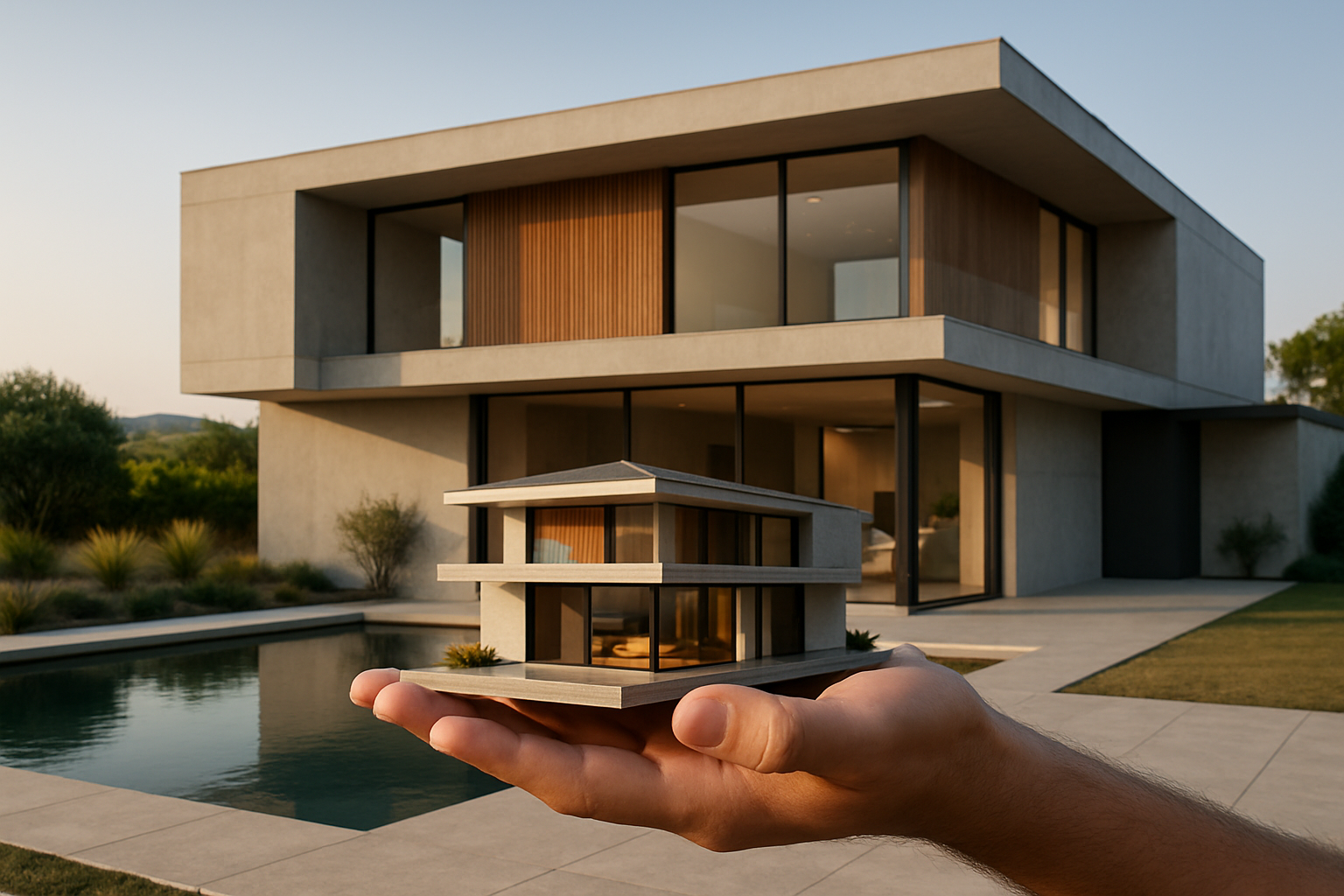Redefining Luxury: The Rise of Wellness-Centric Real Estate
In the ever-evolving landscape of high-end property, a new paradigm is emerging that's redefining what it means to live in luxury. Wellness-centric real estate, a concept that marries opulent living with holistic health amenities, is rapidly gaining traction among affluent buyers. This innovative approach to property development is not just changing skylines; it's transforming the very essence of premium living spaces.

The Genesis of Wellness-Centric Real Estate
The concept of wellness-centric real estate isn’t entirely new, but its recent surge in popularity can be traced back to the early 2010s. As the global wellness industry began to boom, forward-thinking developers recognized an opportunity to differentiate their offerings in the competitive luxury market. They began incorporating elements of spa resorts and high-end fitness centers into residential buildings, creating a new category of property that promised not just a home, but a lifestyle.
Initially, these wellness-focused amenities were often add-ons to traditional luxury features. However, as demand grew and research highlighted the positive impact of wellness-oriented living spaces on mental and physical health, developers started to integrate these elements more holistically into their designs. The result was a new breed of properties where every aspect, from architecture to interior design, was conceived with the resident’s wellbeing in mind.
Key Features of Wellness-Centric Properties
Wellness-centric real estate goes far beyond simply adding a gym or a meditation room to a building. These properties are designed from the ground up with health and wellbeing as central tenets. Some key features include:
-
Biophilic Design: Incorporating natural elements like living walls, water features, and abundant natural light to create a connection with nature.
-
Advanced Air and Water Filtration Systems: Ensuring residents breathe the cleanest air and drink the purest water possible.
-
Circadian Lighting Systems: Mimicking natural light patterns to support healthy sleep-wake cycles.
-
Thermal and Acoustic Comfort: Using materials and technologies that maintain optimal temperature and sound levels.
-
Fitness and Spa Facilities: State-of-the-art gyms, yoga studios, and spa treatments on-site.
-
Nutrition-Focused Amenities: Organic gardens, health-focused restaurants, and nutrition counseling services.
-
Mindfulness Spaces: Meditation rooms, zen gardens, and other areas designed for relaxation and stress reduction.
Market Trends and Financial Implications
The wellness real estate market has seen exponential growth in recent years. According to the Global Wellness Institute, this sector was valued at $134 billion in 2017 and was projected to reach $198 billion by 2022. This rapid growth has outpaced the traditional luxury real estate market, indicating a strong shift in buyer preferences.
For investors and developers, wellness-centric properties offer a unique opportunity. While the initial costs of developing these properties can be higher due to specialized design and amenities, they often command significant premiums in both sales and rental markets. A study by the Urban Land Institute found that buyers are willing to pay 10-25% more for homes in wellness-lifestyle communities.
Moreover, these properties tend to have lower vacancy rates and higher tenant satisfaction, leading to better long-term returns for investors. The emphasis on health and wellbeing also aligns with growing environmental, social, and governance (ESG) criteria, making wellness-centric developments attractive to institutional investors and socially conscious buyers alike.
Challenges and Considerations
While the wellness-centric real estate market is booming, it’s not without its challenges. One of the primary concerns is accessibility. The high costs associated with these properties can make them exclusive to only the wealthiest buyers, potentially exacerbating housing inequality.
There’s also the challenge of authenticity. As the trend gains momentum, there’s a risk of “wellness washing,” where developers may use the wellness label as a marketing ploy without fully committing to the principles of health and wellbeing in their designs. This underscores the need for standardization and certification in the wellness real estate industry.
Another consideration is the ongoing maintenance and operational costs of wellness-centric properties. Advanced air filtration systems, circadian lighting, and other high-tech wellness features require regular upkeep and expertise to manage effectively. This can lead to higher operational costs, which must be factored into long-term investment calculations.
The Future of Wellness-Centric Real Estate
As we look to the future, the wellness-centric real estate trend shows no signs of slowing down. In fact, it’s likely to become more mainstream, influencing design and amenity choices across various property types and price points.
One emerging sub-trend is the integration of technology and wellness. Smart home systems that monitor and optimize air quality, lighting, and temperature based on individual preferences and circadian rhythms are becoming increasingly sophisticated. We may soon see AI-powered wellness assistants integrated into homes, offering personalized health and lifestyle recommendations.
Another area of growth is in wellness-focused communities. Rather than single buildings, developers are now creating entire neighborhoods centered around health and wellbeing. These communities often feature extensive green spaces, walking and biking trails, community gardens, and social spaces designed to foster connection and reduce isolation.
The concept of wellness in real estate is also expanding beyond physical health to encompass mental and emotional wellbeing. Future developments may incorporate features like sound healing rooms, virtual reality relaxation pods, and spaces designed for social connection and community building.
As the wellness-centric real estate market matures, we can expect to see more standardization and certification programs emerge. These will help buyers and investors differentiate between truly wellness-focused properties and those that merely pay lip service to the concept.
In conclusion, wellness-centric real estate represents a significant shift in how we approach luxury living. By prioritizing health and wellbeing alongside traditional markers of luxury, this trend is not just changing the real estate market—it’s redefining our very notion of what it means to live well. For investors, developers, and homebuyers alike, understanding and embracing this shift will be crucial in navigating the future of high-end real estate.





